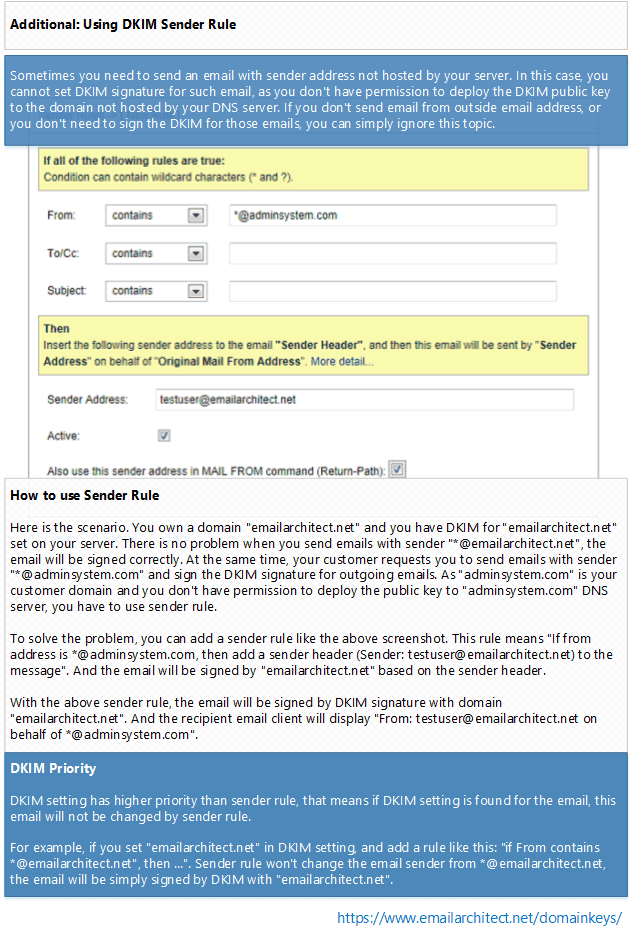

TargetRigidbody = m_Target.GetComponent()

any class inheriting from this should call base.Start() to perform this action! if auto targeting is used, find the object tagged "Player" Private RiderDismount riderDismount // ERROR HERE

Public Player player // The Rewired Player
COUDNT FIND EAGETMAIL REFERENCE HOW TO
Public int playerId = 0 // The Rewired player ID that this camera will be tied to ‘No rule to make target xxx.’ ‘No rule to make target xxx, needed by yyy.’ This means that make decided it needed to build a target, but then couldn’t find any instructions in the makefile on how to do that, either explicit or implicit (including in the default rules database).
COUDNT FIND EAGETMAIL REFERENCE UPDATE
private UpdateType m_UpdateType // stores the selected update type private bool m_AutoTargetPlayer = true // Whether the rig should automatically target the player. protected Transform m_Target // The target object to follow ManualUpdate, // user must call to update camera (for tracking objects that are moved in Update)

Public enum UpdateType // The available methods of updating are:įixedUpdate, // Update in FixedUpdate (for tracking rigidbodies). Public abstract class AbstractTargetFollower : MonoBehaviour (This is all in C#) My RiderDismount script is in the following location: Assets->GG->Scripts and the AbstractTargetFollower camera script is in Assets->StandardAssets->Cameras->Scripts. I'm getting an error when trying to access my "RiderDismount" script. But for some reason when I try to use this same method with one of Unity's camera scripts, I get the error message in the title. Normally, I can just create a private variable of the same type as the script I want to reference, then fill it using GetComponent. I need to know how to reference another script from inside this Unity StandardAssets.Cameras namespace. I hope that answers your question let me know if it doesn't.I found similar posts here and on StackExchange, but they were different from my problem and provided no solution. With YTStamps, you can easily enter the exact timestamps of the snippet you want to extract. Additionally, to use YouTube's share option, you need to manually slide the video's progress bar to where you want the video to start from (which could be impossible to do if you want a video to start at 1:07 and the progress bar only slides by 30 second increments so, you'd have to slide the progress bar to an earlier time, play the video, and then pause it when it reached the time that you wanted your snippet to start from). If I included an end timestamp, people could just watch the video.įor the above reasons, I think YTStamps is better than YouTube's share option since YouTube's share option doesn't include an end timestamp. In the second link, both the sentence and the rest of the page are highlighted, so people may focus only on the first sentence, but they may also focus on the first two sentences, or on the entire first paragraph- basically, when a snippet doesn't end, people have to personally figure out what's important, and different people may come to different conclusions.Īlso, if I were to write a note that said "listen to 3 minutes and 48 seconds of this link that doesn't have an end timestamp", when people clicked the link, they'd have to look at the video's starting time, mentally calculate what the end time should be and, while watching the video, they'd also have to periodically check the video's current time to see if they'd reached the end yet. In the first link, only one sentence is highlighted, so people know to focus only on the highlighted sentence. I think that adding the end time to a snippet is important because it allows people to focus on only what's contained within the snippet.įor example, consider the following links to highlighted text within Richard Feynman's Wikipedia page ( link 1, link 2).


 0 kommentar(er)
0 kommentar(er)
